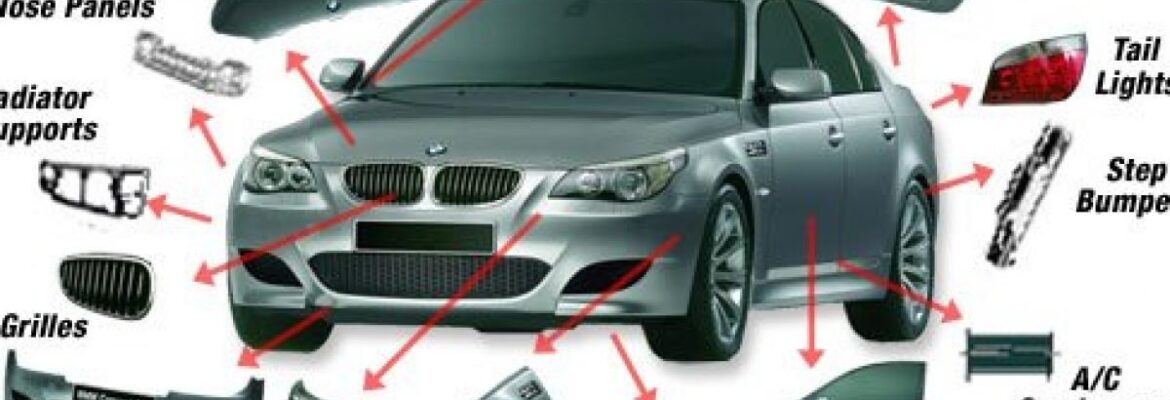
Parts Of A Car, Whether you’re a new driver, a car enthusiast, or someone looking to understand how vehicles work, getting to know the parts of a car is essential. Cars may seem complex, but they are essentially composed of several core systems and components that work together to ensure safe and efficient operation. This article will walk you through the most important parts of a car and explain their functions in simple terms.
1. Engine
The engine is often referred to as the heart of a car. It converts fuel into mechanical energy, which propels the vehicle forward. Most cars use internal combustion engines, which run on gasoline or diesel, though electric vehicles use electric motors instead.
2. Transmission
The transmission transfers the engine’s power to the wheels and allows the driver to control the speed and torque of the car. Cars typically come with either a manual or automatic transmission system.
3. Battery
The battery provides the electrical power necessary to start the engine and operate accessories like lights, radio, and air conditioning. In electric cars, the battery is much larger and serves as the main power source.
4. Alternator
This component keeps the battery charged and powers the car’s electrical system when the engine is running. If the alternator fails, the car may eventually stop running once the battery dies.
5. Brakes
The brake system is crucial for safety. It includes brake pads, rotors, and calipers, which work together to slow down or stop the car when the brake pedal is pressed. Most modern cars use disc brakes on all four wheels.
6. Suspension System
The suspension system includes shocks, struts, and springs. It connects the car to its wheels and helps absorb the impact from road bumps, providing a smoother ride and better handling.
7. Steering System
The steering system allows the driver to guide the car’s direction. Most modern vehicles have power steering, which makes it easier to turn the wheels with minimal effort.
8. Exhaust System
This system includes the muffler and catalytic converter. It channels harmful exhaust gases away from the engine and reduces the amount of pollutants released into the environment.
9. Radiator and Cooling System
The cooling system, which includes the radiator, keeps the engine from overheating. It circulates coolant through the engine and radiator to maintain optimal operating temperatures.
10. Wheels and Tires
Wheels and tires are the only parts of the car that make contact with the road. Properly inflated and well-maintained tires are essential for traction, safety, and fuel efficiency.
11. Lights and Indicators
Headlights, brake lights, turn signals, and dashboard indicators are all part of a car’s lighting and signaling system. These ensure visibility and communication with other drivers.
12. Interior Components
The interior of a car includes seats, dashboard, air conditioning system, infotainment units, and safety features like airbags and seat belts. These contribute to comfort, convenience, and safety.
Conclusion
Understanding the parts of a car is the first step to becoming a more informed driver or vehicle owner. Knowing what each component does can help you identify issues early, maintain your car properly, and even save money on repairs. Whether you’re learning to drive or simply want to be more knowledgeable about your vehicle, familiarizing yourself with these key parts will serve you well on the road.
You Might Also Like These:

Leave A Comment